The Sensational Wonder of Crete’s Venetian Period (1204-1669 CE)
Crete, an island of unparalleled beauty and historical significance, has seen the rise and fall of numerous civilisations. Among these epochs, the Venetian Period, from 1204 to 1669 CE, stands out as a golden era of cultural fusion, architectural marvels, and economic prosperity. This article delves deep into the history of those years, painting a vivid picture of Crete’s Venetian legacy.
The Dawn of the Venetian Era (1204 CE)
The Venetian Period in Crete commenced in 1204 CE, following the Fourth Crusade’s sack of Constantinople. The Byzantine Empire was partitioned, and the Republic of Venice acquired Crete, or “Candia”, as it was then known. This acquisition marked the beginning of over four centuries of Venetian rule, during which the island flourished in various domains.
Cultural Fusion and Renaissance
The Venetians, being astute merchants and diplomats, recognised the potential of Crete as a strategic maritime hub. They swiftly integrated the island into their vast trade network, connecting it with ports from the Adriatic to the Eastern Mediterranean. This influx of trade brought with it a melding of cultures. Cretan society began to absorb Venetian customs, language, and art. Concurrently, the Renaissance was in full bloom in Europe, and its influence permeated Crete. The island became a crucible of creativity, giving birth to the Cretan Renaissance. This period saw the emergence of illustrious artists and writers, such as El Greco and Vitsentzos Kornaros, who blended Venetian techniques with Byzantine traditions to create masterpieces.
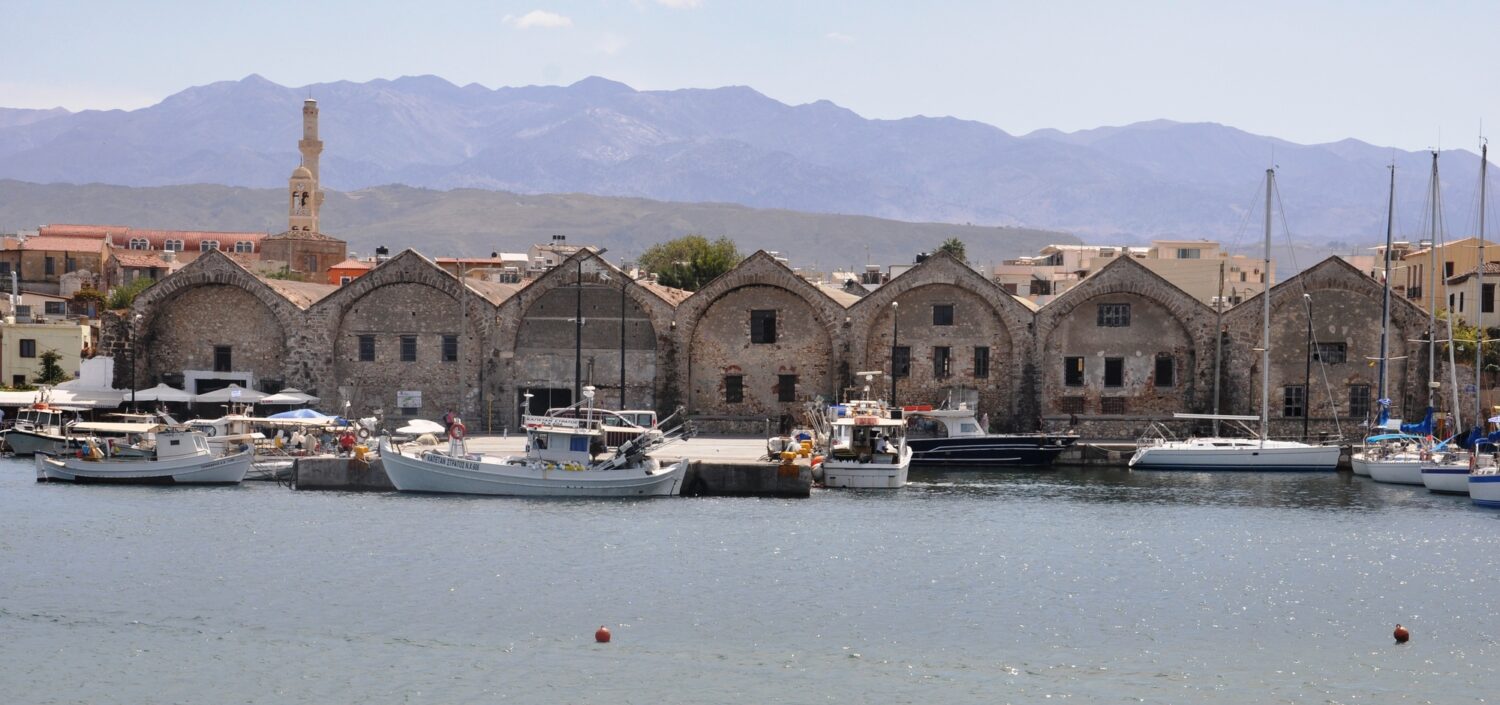
Architectural Marvels
Architectural Marvels of Crete’s Venetian Period
From 1204 to 1669 CE, the Venetian Period in Crete was not just an era of trade and cultural fusion but also a time of architectural Renaissance. With their keen eye for beauty and strategic design, the Venetians left an indelible mark on the island’s landscape. Their architectural contributions ranged from imposing fortresses to elegant civic buildings, each bearing the distinct stamp of Venetian grandeur.
- Fortifications: Defending the Jewel of the Mediterranean
- Koules Fortress (Rocca al Mare): The Sentinel of Heraklion
- Strategic Importance: Situated at the entrance of Heraklion‘s harbour, the Koules Fortress played a crucial role in safeguarding the city from naval threats. Its position allowed it to command a panoramic view of the surrounding sea, making it a formidable deterrent to potential invaders.
- Architectural Design: The fortress is characterised by its massive, almost cubic structure. Its thick, finely hewn stone walls were designed to withstand cannon fire. The fortress’s interior was meticulously planned, with chambers for garrisons, storage rooms for ammunition, and even dungeons for prisoners.
- Cultural Significance: Beyond its military function, the Koules Fortress was also a cultural and administrative centre. Its chapel, dedicated to the Savior, showcases the Venetians’ commitment to their faith even in military installations.

- Walls of Heraklion: The City’s Protective Embrace
- Extensive Network: The city walls of Heraklion, stretching over several kilometres, formed a protective barrier around the city. These walls were punctuated by large bastions, towers, and gates, each serving a specific defensive purpose.
- Evolution Over Time: The walls were not a singular construction project but evolved over the centuries. As military technology advanced, the Venetians continually upgraded and reinforced the walls to counter new threats.
- Key Features: The Martinengo Bastion, one of the largest bastions, stands out for its impressive size and design. The Chanioporta and the New Gate (Kenourgia Porta) are among the main gates controlling city access.
- Fortezza of Rethymno: A Star Overlooking the Sea
- Strategic Positioning: Perched on a hill, the Fortezza of Rethymno provided a vantage point over the land and sea. Its star-shaped design was a hallmark of Renaissance military architecture, allowing optimal defence against attackers.
- Internal Structures: Within the walls of the Fortezza, one can find a microcosm of Venetian society. The fortress housed barracks for soldiers, the residence of the Rector (Venetian governor), a cathedral, and various administrative buildings.
- Legacy: Today, the Fortezza is a testament to Venetian engineering and its importance on Rethymno as a strategic outpost.

- Chania: The Western Bastion
- Venetian Harbor and Walls: Chania‘s Venetian harbour is a picturesque testament to the city’s maritime significance. Flanked by thick walls and dotted with watchtowers, the harbour was both a commercial hub and a defensive stronghold.
- Firkas Fortress: Overlooking the harbour entrance, the Firkas Fortress was a critical defensive structure. It housed troops and artillery ready to defend the city from naval threats. Today, it hosts the Maritime Museum of Crete, offering insights into the island’s naval history.
- Frangokastello: The Castle of the Franks
- Strategic Location: On the southern coast of Crete, Frangokastello was built to guard the island’s southern shores from pirates and invaders. Its position also allowed control over the coastal route connecting eastern and western Crete.
- Unique Design: Unlike the typical Venetian fortifications, Frangokastello is characterised by its rectangular shape with corner towers. Both Venetian and local architectural styles influenced its design.
- Legends and Lore: Frangokastello is steeped in local legends, the most famous being the “Drosoulites” or “Dew Men.” According to folklore, shadowy figures resembling armed warriors appear at dawn around the castle every May, believed to be the spirits of Cretan fighters who perished there.
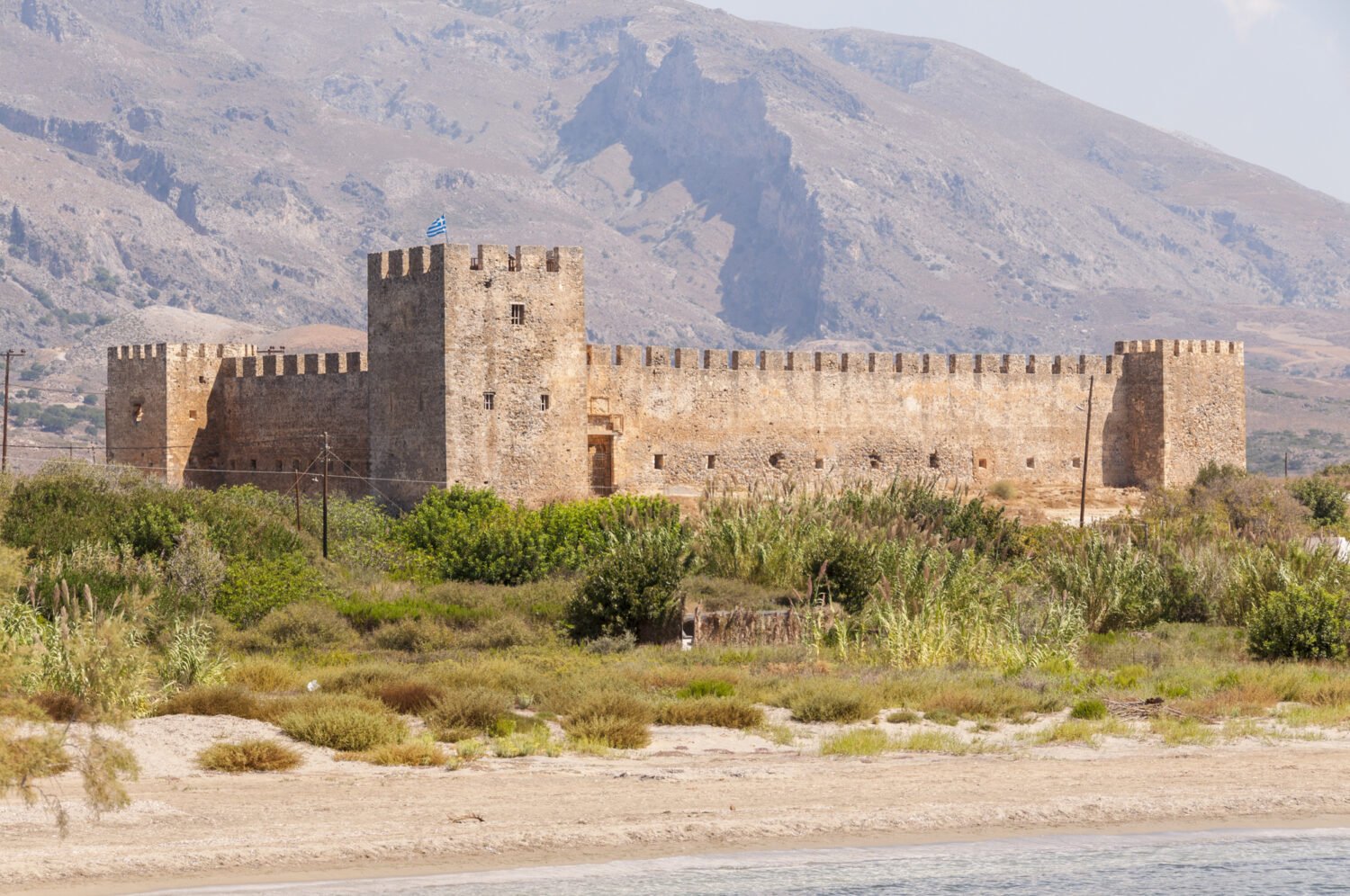
- Kazarma Fortress in Sitia: The Eastern Watchtower
- Historical Context: Sitia, located on Crete’s eastern coast, was another Venetian strategic point. To protect the town and its harbour, they built the Kazarma Fortress, derived from the Italian “Casa di Arma” or “House of Arms.”
- Architectural Features: The fortress, perched on a hill, offers panoramic views of the town and sea. Its walls, punctuated by battlements and embrasures, have withstood the test of time and invasions.
- Aptera Fortress: Overlooking Souda Bay
- Strategic Importance: Situated near Chania, the fortress of Aptera was built to safeguard the entrance to Souda Bay, one of Crete’s largest and most strategic natural harbours.
- Design and Layout: The fortress is characterised by its massive walls and two main bastions. Inside, one can find remnants of barracks, storage rooms, and a chapel, indicating the fortress’s self-sufficiency.
- Crete’s Venetian fortifications, spread across the island, blended military strategy, architectural innovation, and cultural influences. From the bustling harbours of Chania and Sitia to the remote stronghold of Frangokastello, these structures stand as silent sentinels, guarding the tales of an era marked by trade, battles, and cultural amalgamation.
Civic and Religious Structures: A Blend of Cultures
- Loggia of Heraklion: The Heart of Civic Life Function and Significance: The Loggia was the epicentre of Venetian administrative and social activities in Heraklion. It served as a meeting place for the city’s nobility, officials, and merchants, facilitating discussions on governance, trade, and public affairs.
- Architectural Brilliance: A masterpiece of Renaissance architecture, the Loggia boasts a series of graceful arches supported by sturdy columns. Its symmetrical design and open courtyard made it a welcoming space for public gatherings.
- Legacy: Today, the Loggia stands restored and houses the Town Hall of Heraklion, continuing its tradition as a centre of civic life.
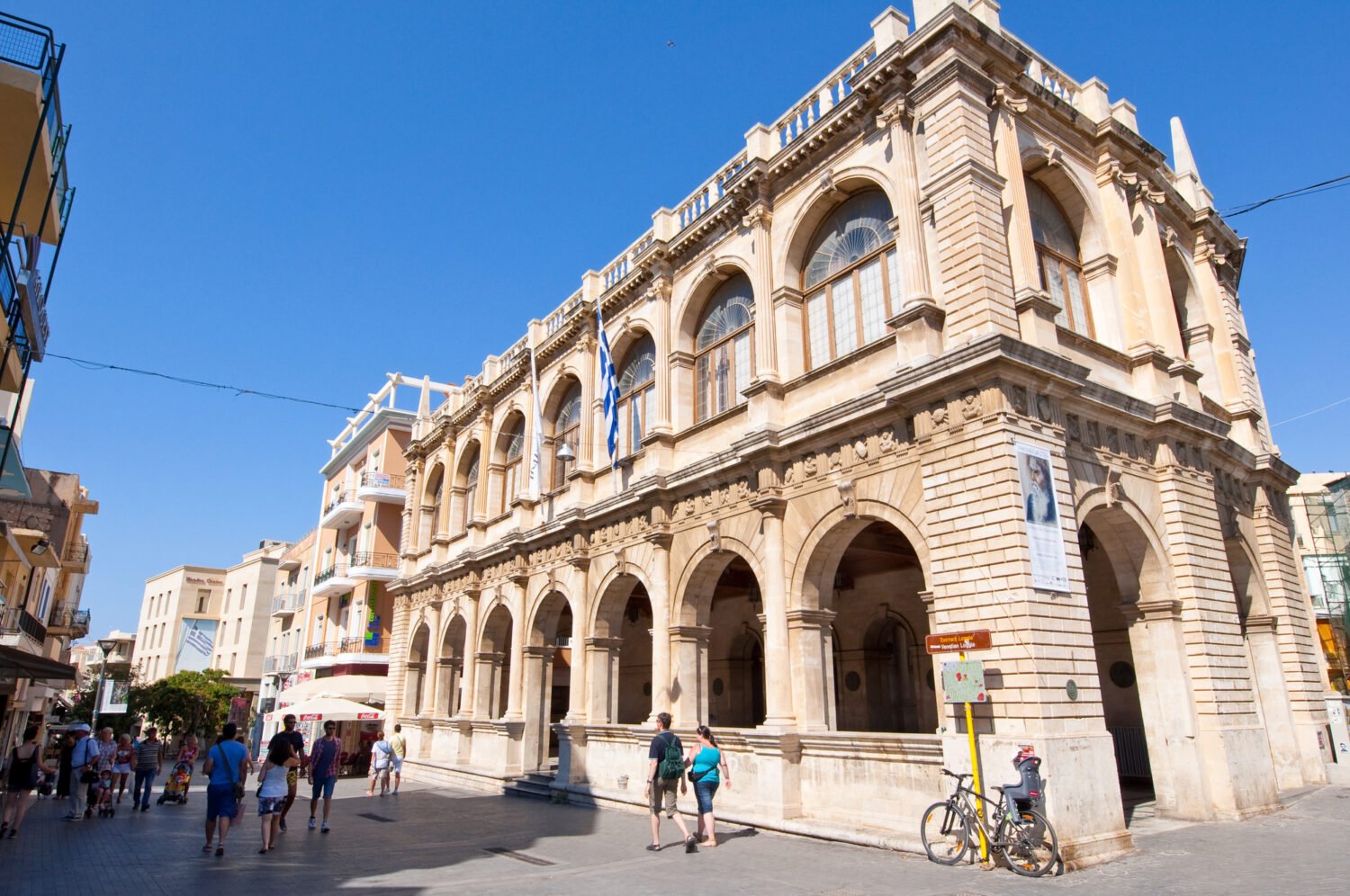
- St. Mark’s Basilica: A Sanctuary of Faith and Art
- Religious Importance: Located in Heraklion’s central square, St. Mark’s Basilica was the primary cathedral during the Venetian period. It served as a spiritual hub for the Venetian community and hosted significant religious ceremonies.
- Architectural Features: Though modest, the basilica showcases a blend of Venetian Gothic and Byzantine architectural elements. Its facade is adorned with Venetian emblems, while the interior once boasted frescoes and religious icons.
- Cultural Role: Beyond its religious function, the basilica also played a cultural role, hosting musical and artistic events, further cementing its place in the heart of Cretan society.
- Morosini Fountain: A Symbol of Abundance and Civic Pride
- Historical Context: Built-in 1628 by Francesco Morosini, the then-Proveditor General of Crete, the Morosini Fountain was an ambitious project aimed at providing fresh water to the residents of Heraklion.
- Design and Features: The fountain is characterised by its octagonal basin, from which four intricately carved lions spout water. These lions, symbols of the Venetian Republic, testify to the city’s Venetian heritage.
- Civic Significance: Beyond its practical purpose, the fountain became a gathering spot for locals, where news was exchanged and community bonds were strengthened.
- Rethymno: A Blend of Venetian Elegance and Cretan CharmRimondi Fountain: Located in the heart of Rethymno’s Old Town, the Rimondi Fountain was a vital source of fresh water for the city’s residents. With its three lion heads spouting water into basins, it’s a fine example of Venetian civic architecture.
- Church of Our Lady of the Angels: Originally a Dominican monastery, this church showcases a blend of Gothic and Renaissance architectural elements. Its beautiful wooden altar and frescoes are a testament to the artistic enthusiasm of the period.
- Chania: A Mosaic of Cultures and Traditions
- Cathedral of the Presentation of the Virgin Mary: Often referred to as the “Panagia Trimartiri,” this cathedral stands as a symbol of Chania’s religious heritage. Its Venetian facade and later Ottoman influences make it a unique architectural marvel.
- Church of San Rocco: Dedicated to Saint Roch, the protector against the plague, this church is a small but significant reminder of Chania’s Venetian past. Its simple design and central dome are characteristic of Venetian ecclesiastical architecture.
- Lassithi: Serenity Meets Spirituality
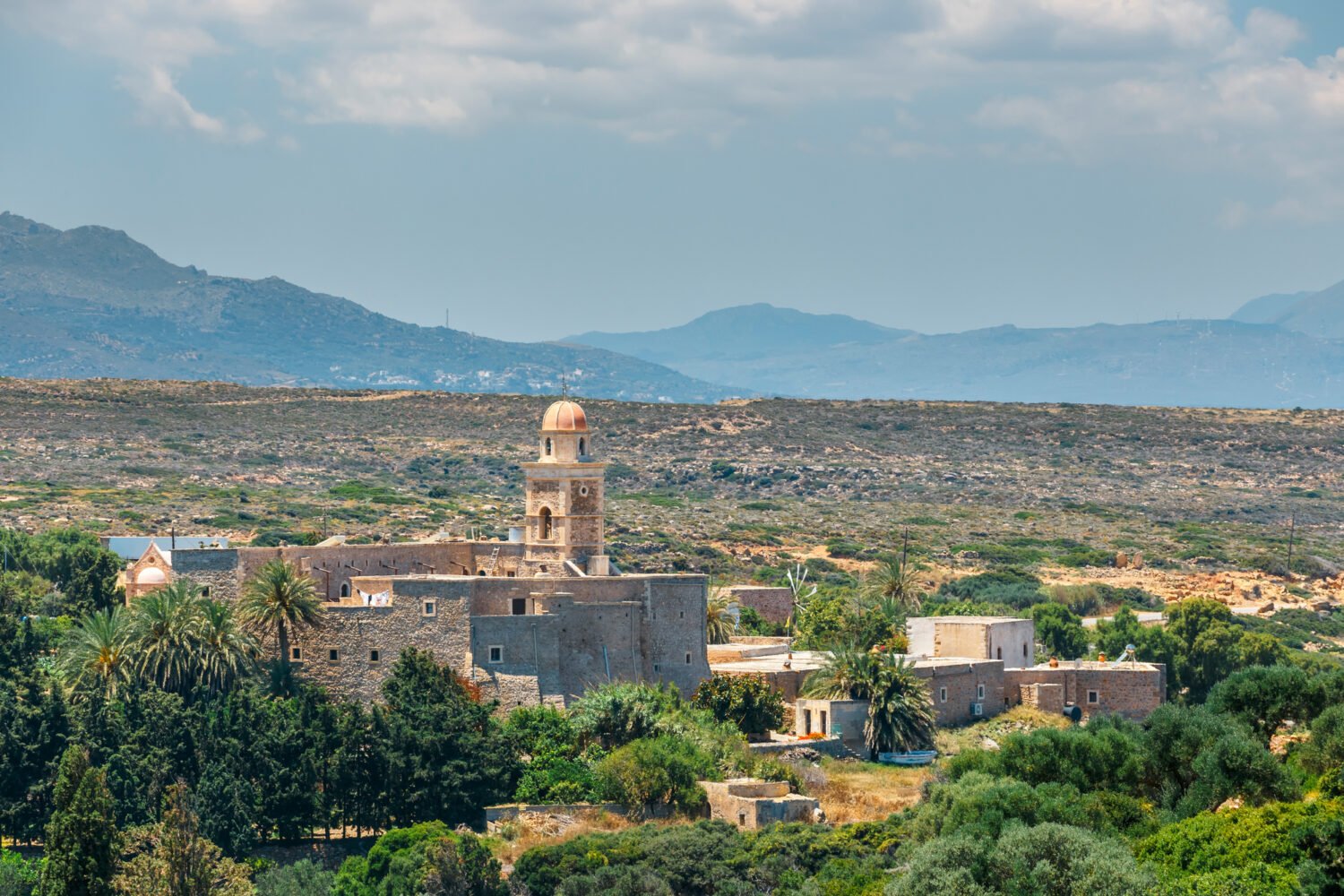
- Monastery of Toplou: Located near the northeastern coast of Crete, the Monastery of Toplou is a sprawling complex with a rich history. Its Venetian watchtower, used to defend against pirates, is a testament to the monastery’s strategic importance.
- Church of Panagia Kera: Nestled in the village of Kritsa, this church is renowned for its well-preserved Byzantine frescoes. However, its architecture bears the hallmarks of Venetian influence, especially in its stone construction and layout.
- Sitia: A Coastal Haven of Faith
- Church of Saint John the Theologian: Overlooking the harbour, this church is a beacon of Sitia’s religious life. Its Venetian bell tower, with its distinctive design, can be seen from various points in the town.
- Venetian Mansion of Archontiko: While primarily a residential structure, the Archontiko in Sitia is a fine example of Venetian civic architecture. Its stone facade, arched doorways, and internal courtyard reflect the Venetian penchant for elegance and functionality.
Crete’s Venetian civic and religious structures are dispersed across the island, each region offering its unique blend of Venetian and Cretan styles. These edifices, whether grand cathedrals or humble fountains are integral to Crete’s cultural tapestry. They are reminders of a time when faith, governance, and artistry converged to create spaces of communal and spiritual significance. As one traverses the diverse landscapes of Crete, these structures beckon, inviting one to delve deeper into the island’s rich Venetian legacy.
Economic Prosperity
Under Venetian rule, Crete’s economy thrived. The island’s fertile soil was ideal for cultivating olives, grapes, and other crops. Cretan wine mainly gained fame across the Mediterranean and became a prized export. The Venetians also introduced new agricultural practices, boosting the island’s productivity. Moreover, Crete’s strategic location made it a vital link in the Venetian maritime trade network. The bustling ports of Chania and Rethymno became melting pots of cultures, where merchants from Europe, Asia, and Africa exchanged goods and ideas.
Challenges and Resilience
While the Venetian Period was predominantly prosperous, it was challenging. The island faced threats from pirates and rival empires. The Ottoman Turks, in particular, made several attempts to conquer Crete. However, the Cretans, bolstered by Venetian support, displayed remarkable resilience. They repelled multiple invasions, preserving their unique cultural identity.
The Sunset of the Venetian Era (1669 CE)
The Venetian Period in Crete, which spanned over four centuries, was a time of cultural blossoming, architectural grandeur, and economic prosperity. However, as with all great epochs, it had to face its twilight. The year 1669 CE marked the culmination of the Venetian era, bringing profound changes that would reshape the island’s destiny.
- The Siege of Heraklion: A Prolonged Struggle
- Setting the Stage: By the mid-17th century, the Ottoman Empire had expanded its territories across the Balkans and much of the Eastern Mediterranean. Crete, with its strategic location, was a coveted prize. The Ottomans had made several attempts to conquer the island, but the fortified cities, especially Heraklion, resisted their advances.
- The Siege Begins: In 1648, the Ottomans, under Grand Vizier Köprülü Mehmed Pasha, initiated a siege on Heraklion, the capital and the crown jewel of Venetian Crete. This siege would go on to become one of the longest in history, lasting more than two decades.
- Challenges and Resilience
- Defensive Strategies: The Venetians, aware of the city’s significance, had fortified Heraklion with extensive walls, bastions, and moats. Combined with the city’s determined defenders, these fortifications posed a formidable challenge to the Ottoman forces.
- Support from the Sea: The Venetian navy was crucial in supplying the city with food, reinforcements, and ammunition. The harbour, guarded by the mighty Koules Fortress, became a lifeline for the besieged inhabitants.
- The Final Days
- Diplomatic Efforts: As the siege dragged on, both sides suffered immense casualties and resources were stretched thin. Diplomatic efforts were initiated, with both the Venetians and Ottomans seeking a resolution. However, a series of negotiations failed to produce a lasting agreement.
- The Fall: In 1669, after 21 gruelling years, the Venetians, led by Captain General Francesco Morosini, decided to surrender. The terms of surrender ensured the safe passage of the city’s inhabitants, and the Ottomans, under Grand Vizier Köprülü Fazıl Ahmed Pasha, took control of Heraklion.
- Aftermath and Legacy
- Cultural Synthesis: The end of the Venetian era paved the way for a new chapter in Crete’s history. The island, now under Ottoman rule, began to experience another phase of cultural fusion. Mosques and minarets started to dot the skyline alongside churches and bell towers.
- Enduring Venetian Influence: Despite the change in rulership, the Venetian legacy in Crete remained undiminished. The architectural marvels, art, and cultural practices from the Venetian period continued to influence Cretan society. Today, they are a testament to the island’s rich and diverse history.
Conclusion
The Venetian Period in Crete was a time of cultural blossoming, economic growth, and architectural innovation. It was an era when two distinct civilisations intertwined, giving birth to a unique Cretan identity. Today, as one walks through the cobblestone streets of Crete’s ancient cities, the echoes of the Venetian past are palpable, reminding us of a golden age that shaped the island’s destiny.
Table of Contents
Views: 166

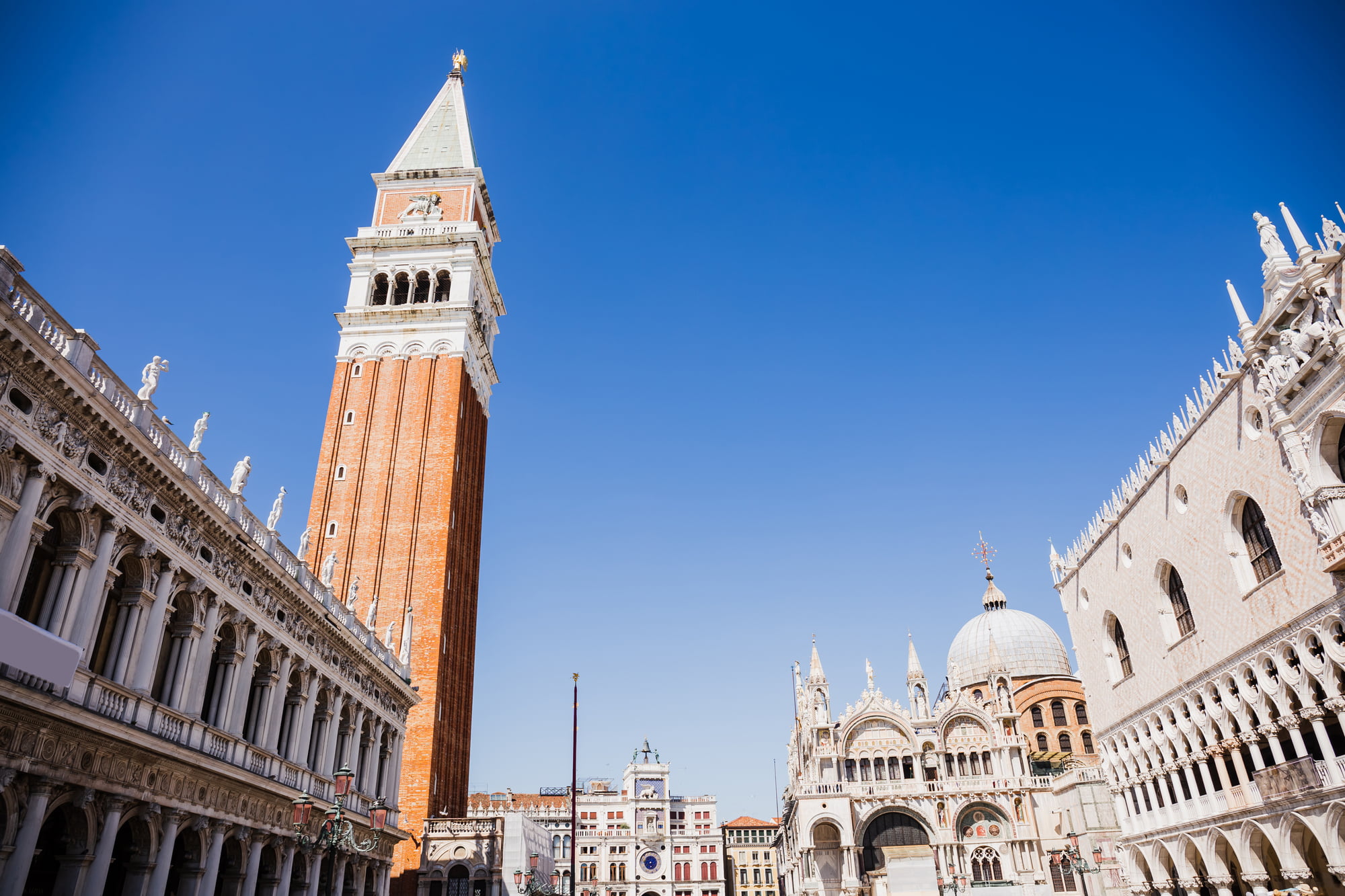
One Comment